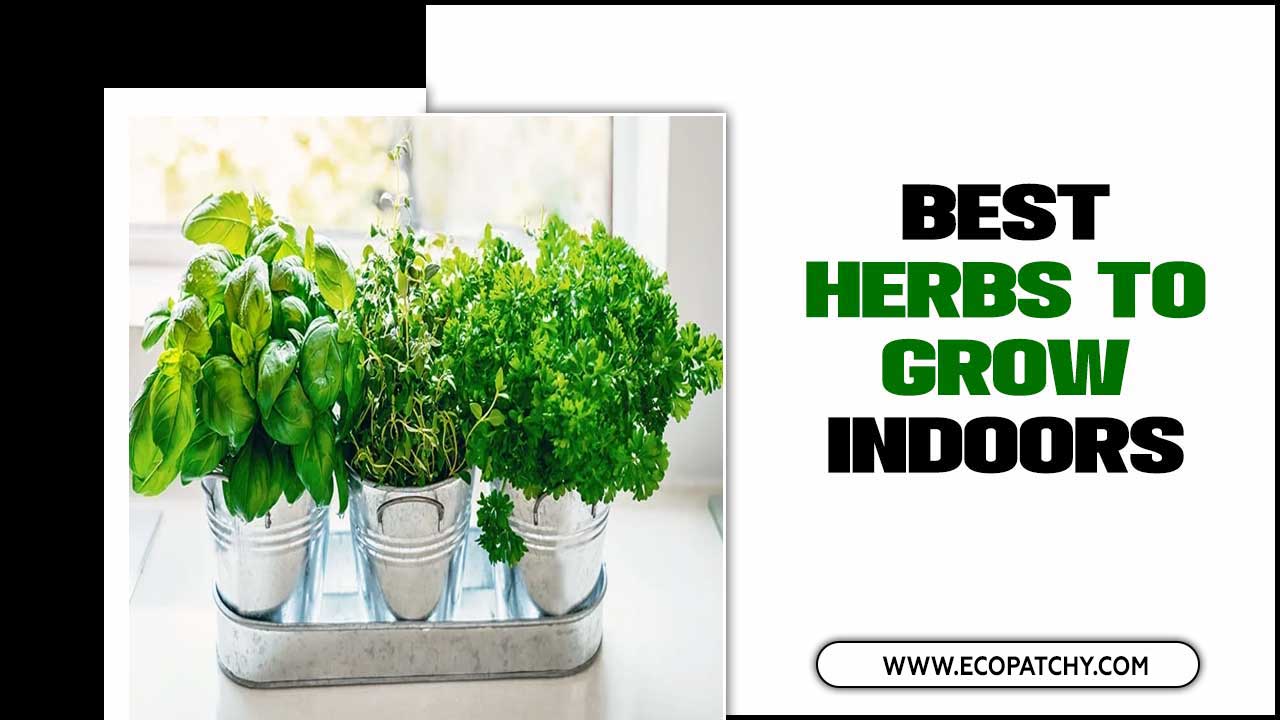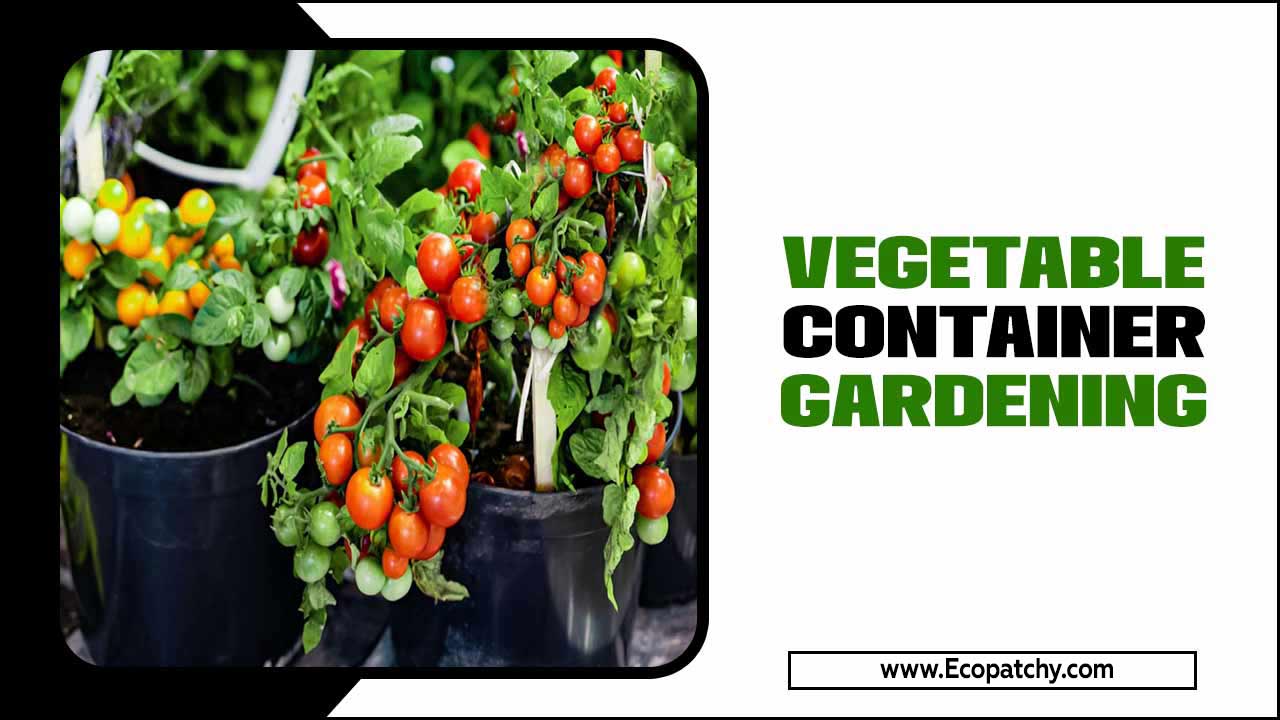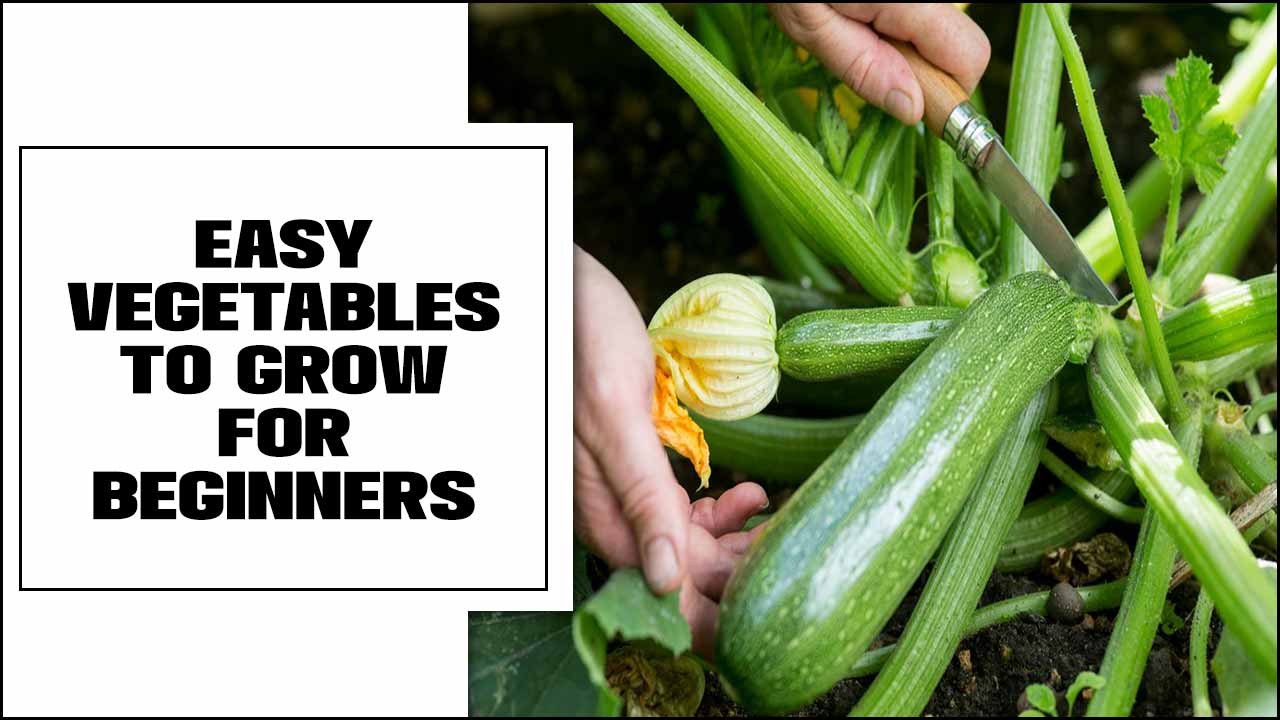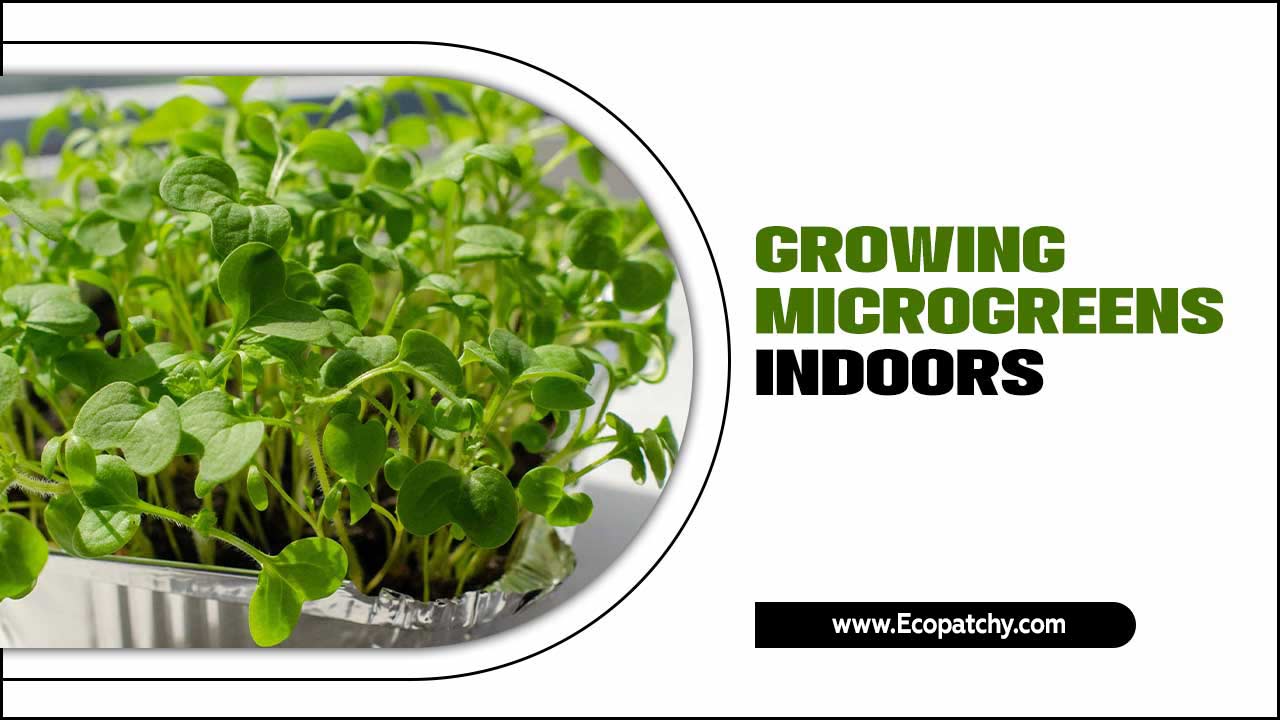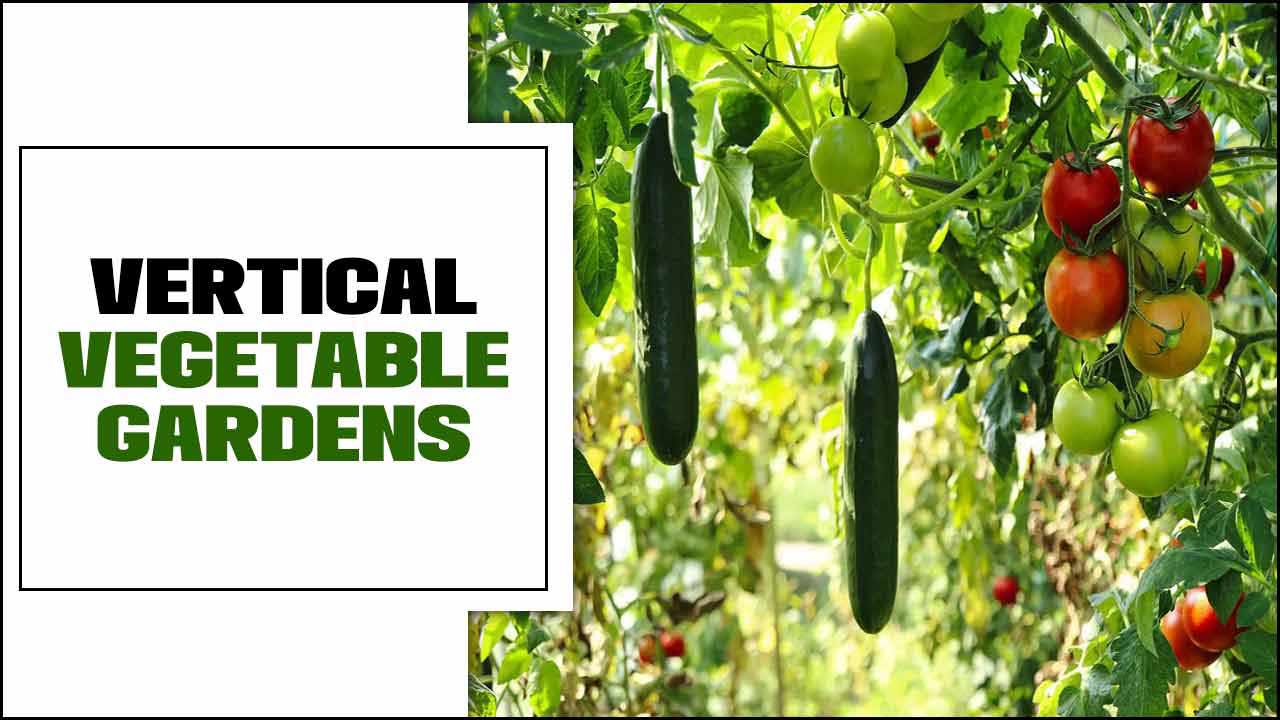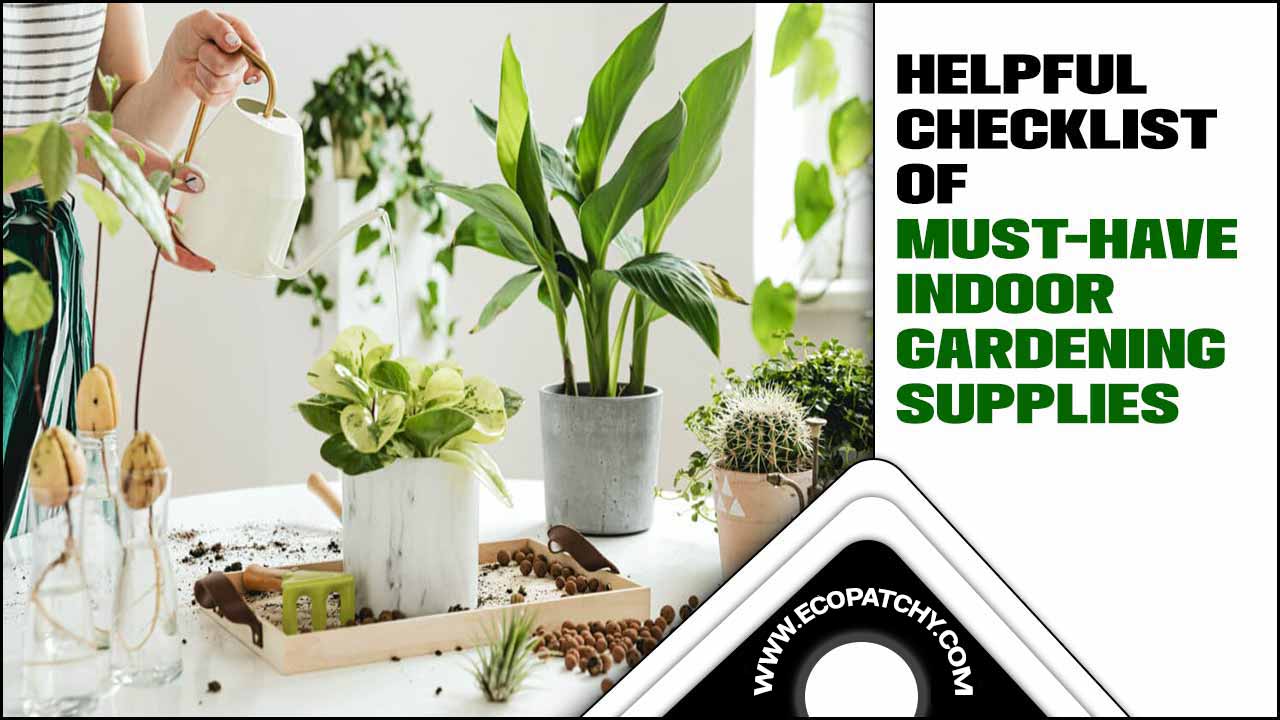As more and more people are turning to indoor gardening, the demand for information on the vegetables to grow indoors is on the rise. Growing vegetables indoors has become a popular option for those with limited outdoor space, extreme weather conditions, or simply a desire for fresh and nutritious produce at their fingertips.
While growing vegetables indoors may seem like a daunting task, with the right knowledge and techniques, it can be a rewarding and sustainable way to add greenery and healthy food to your home. we will explore 6 Best Vegetables To Grow Indoors, their benefits. So, let’s dig in and discover the vegetables to grow indoors for a thriving and delicious indoor garden.
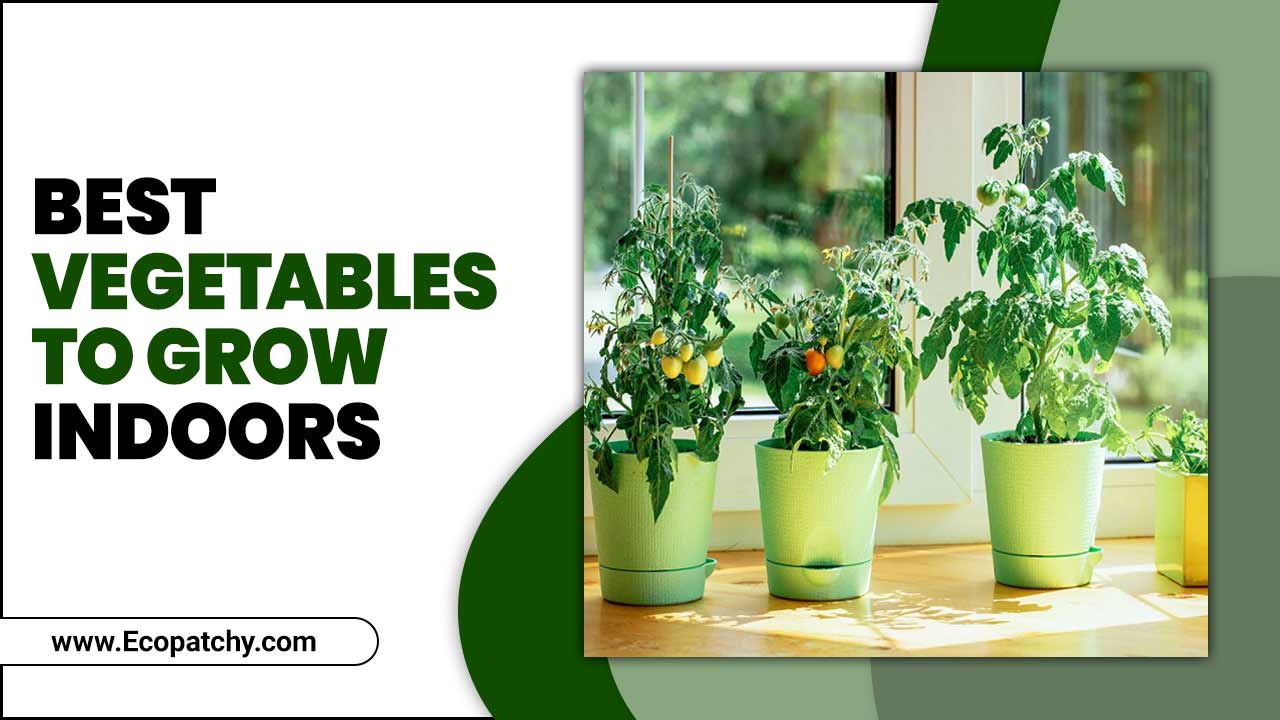
Factors To Consider For Indoor Gardening
When starting indoor gardening, it’s important to consider key factors for successful plant growth. First, assess the light requirements of the plants you want to grow and provide adequate natural or artificial light sources. Temperature and humidity control are also crucial, as plants thrive within specific ranges.
Maintaining a stable temperature and humidity level is important for plant health. Lastly, make sure to consider the available space for your indoor garden to ensure plants have enough room to grow and flourish.
- Light requirements
- Temperature and humidity control
- Space availability
- Soil and container selection
6 Best Vegetables To Grow Indoors

One of the primary reasons why it is important to know which best vegetables to grow indoors is the limited space often available in urban environments. Many city dwellers lack access to traditional outdoor gardening spaces, such as yards or plots of land. By growing vegetables indoors, individuals can make the most of their limited space and still enjoy the benefits of homegrown produce.
Moreover, knowing the right vegetables for indoor gardening ensures a higher success rate. Different vegetables have varying requirements for light, temperature, and humidity. By understanding these specific needs, indoor gardeners can create the optimal conditions for their chosen vegetables to thrive. This knowledge helps prevent disappointment and frustration that may arise from attempting to grow unsuitable vegetables indoors.
1.Cherry Tomatoes
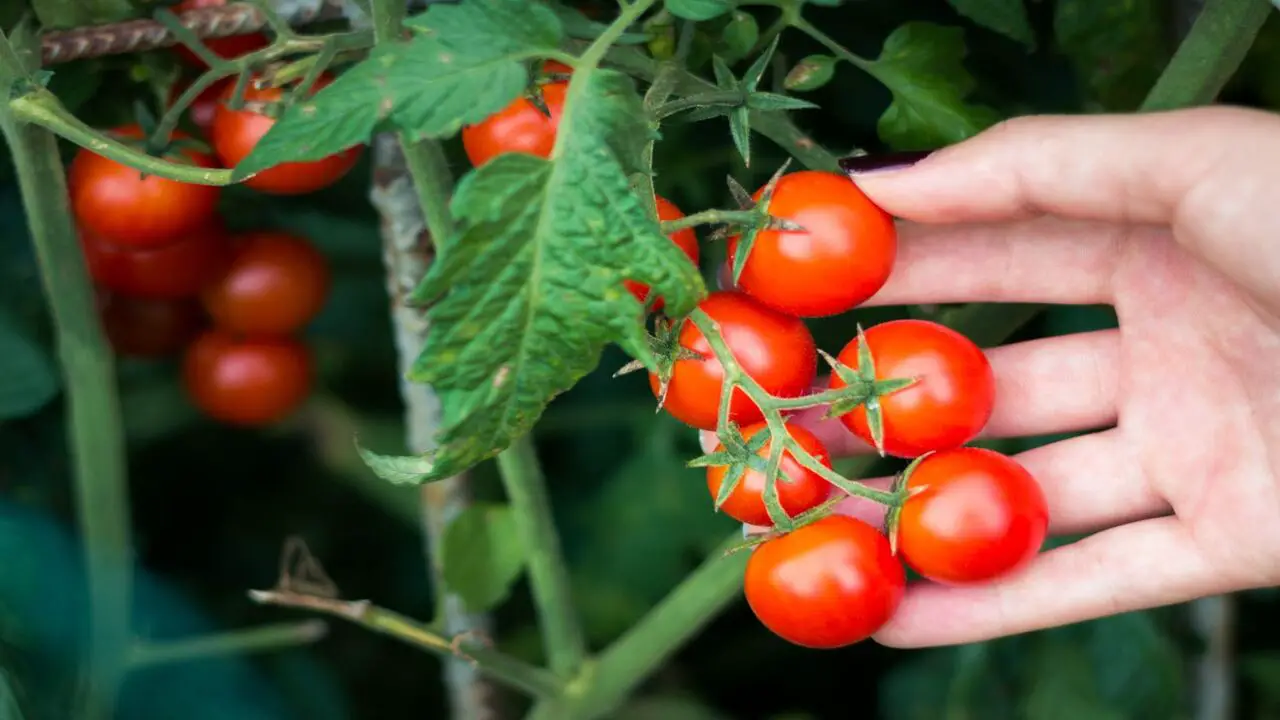
Cherry tomatoes are widely regarded as one of the vegetables to grow indoors, and for good reason. These small, flavorful fruits offer numerous benefits that make them a favorite among avid gardeners and home cooks alike.
2.Cherry Tomatoes Are Incredibly Versatile
- Can be enjoyed fresh off the vine
- Added to salads
- Used in a variety of cooked dishes
- Their vibrant color and sweettart taste add a burst of flavor to any meal
- Popular choice for those seeking a healthy and delicious addition to their diet
3.Advantage Of Growing Cherry Tomatoes Indoors
- Easily accommodated in small spaces, such as windowsills or countertop gardens
- Ideal for apartment dwellers or anyone with limited outdoor gardening space
4.Cherry Tomatoes Are Relatively Lowmaintenance
- Thrive indoors without extensive pruning or staking
- Less susceptible to pests and diseases compared to other tomato varieties
- Excellent choice for novice gardeners
5.Chili Peppers
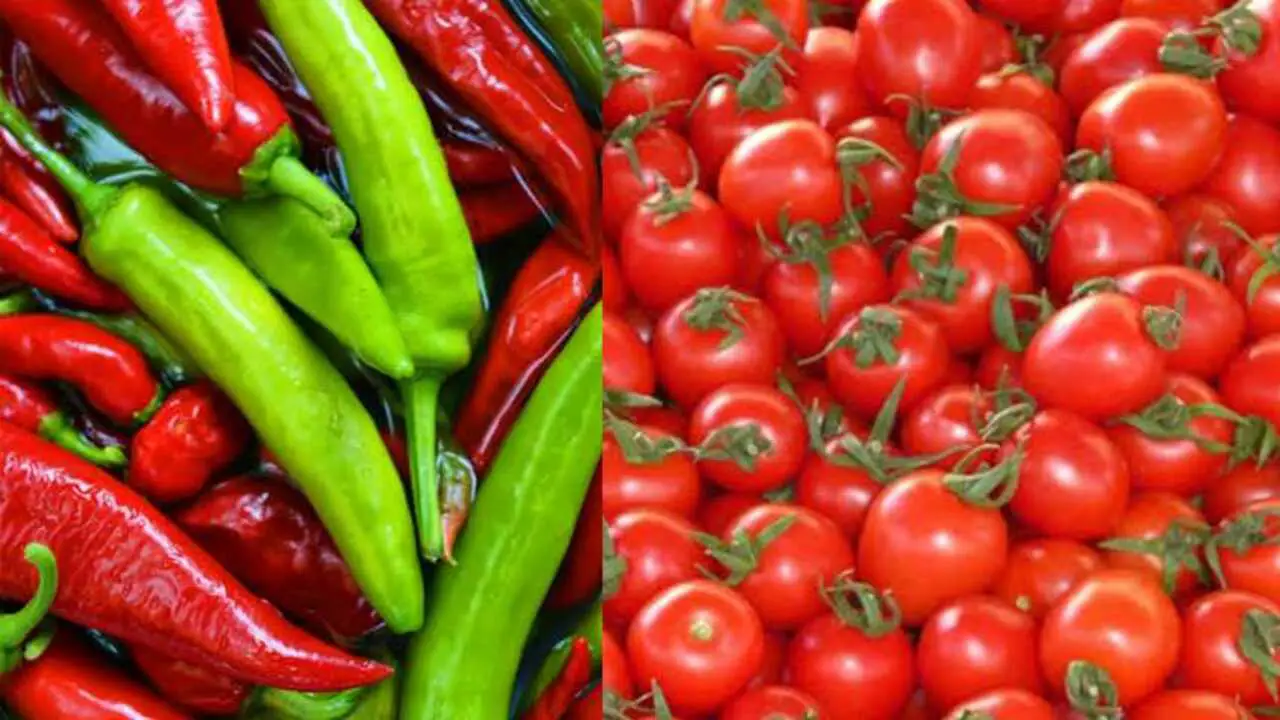
Chili peppers have long been hailed as some of the vegetables to grow indoors. With their vibrant colors and fiery flavors, chili peppers are not only a culinary delight, but also a rewarding addition to any indoor garden. Growing chili peppers indoors offers a host of benefits, making them an ideal choice for both seasoned gardeners and beginners alike. chili peppers are truly one of the
vegetables to grow indoors. Their vibrant colors, fiery flavors, and numerous health benefits make them a worthwhile addition to any indoor garden. Whether it’s for culinary purposes or simply the joy of gardening, growing chili peppers indoors offers a rewarding and enjoyable experience for all.
6.Ability To Control Environment
- precise temperature, humidity, and lighting adjustments
- Consistent care and attention for healthier plants
- Yearround cultivation regardless of external climate
- Steady supply of fresh chili peppers, even during colder months
- Protection against pests and diseases
- Nutritional value and health benefits: vitamins, minerals, and antioxidants.
Avocados
Avocados are one of the vegetables to grow indoors due to their numerous benefits. Not only are they a delicious and versatile fruit, but growing avocados indoors allows for year-round cultivation and a convenient supply of fresh produce right at your fingertips.
Key Benefits Of Growing Avocados Indoors
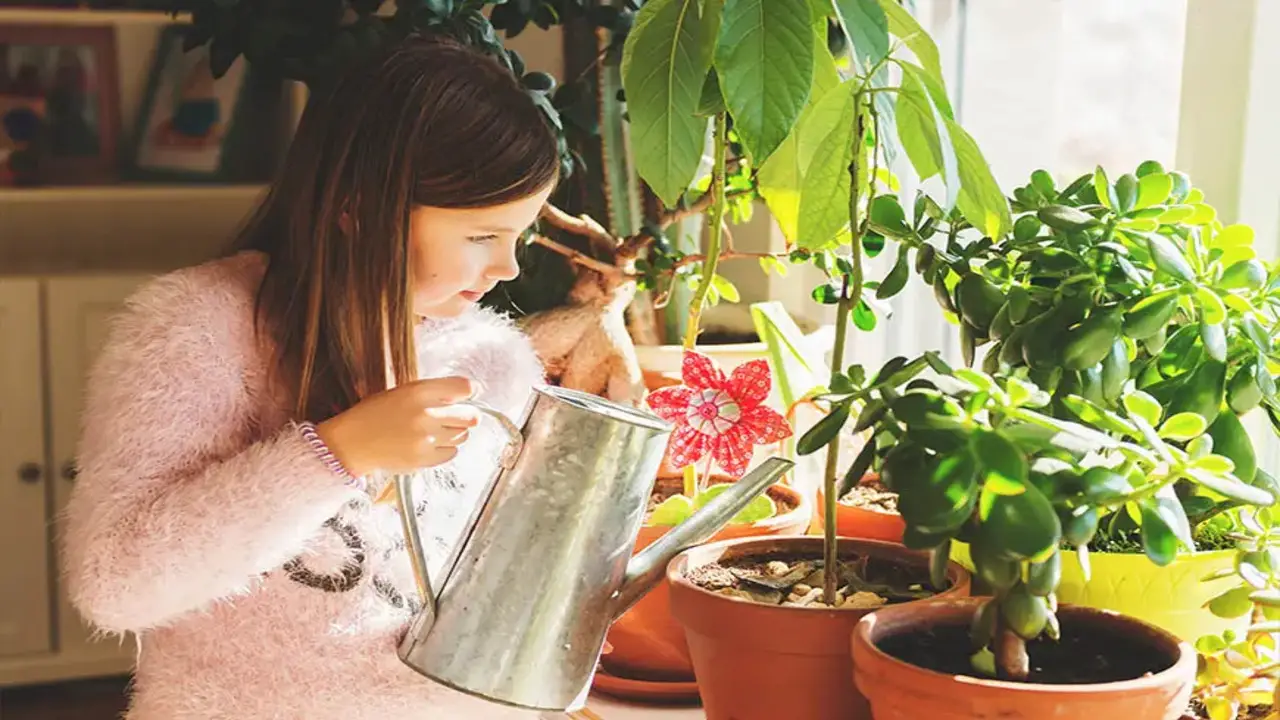
- Thrive in various climates
- Adapt to different environments
Nutritional Value
- Rich in healthy fats, vitamins, and minerals
Lowmaintenance Plants
- Suitable for novice gardeners
- Minimal pruning required
- Can be grown in containers
- Fruitbearing within a few years
- Provides a rewarding and fulfilling gardening experience
Radishes
Regarding to gardening indoors, radishes are often hailed as one of the best vegetables to grow. Known for their fast growth and minimal space requirements, radishes are an ideal choice for those with limited gardening space or who live in urban areas. Not only are they easy to grow, but they also offer a plethora of health benefits.
Radishes are rich in essential nutrients like vitamin C, fiber, and potassium. They are low in calories and high in antioxidants, making them a nutritious addition to any diet. Additionally, radishes are known for their ability to aid digestion and promote a healthy gut. Their crisp texture and peppery flavor add a delightful crunch to salads and sandwiches, making them a versatile ingredient in various dishes.
Little Gem Lettuce
Little gem lettuce is one of the vegetables to grow indoors due to its numerous benefits. This petite variety of lettuce is not only visually appealing but also packed with nutritional value. It is rich in vitamins A and K, as well as folate and fiber, making it a great addition to a healthy diet. it allows individuals to have a fresh supply of this delicious leafy green all year round, regardless of the weather outside.
- Fresh supply of little gem lettuce all year round
- Elimination of pesticides and harmful chemicals
- Controlled environment for optimal growth
- Suitable for small spaces
- Minimal maintenance required
- Better control over growth and maturity
- Opportunity for experimenting with different growing techniques
Benefits Of Growing Vegetables Indoors
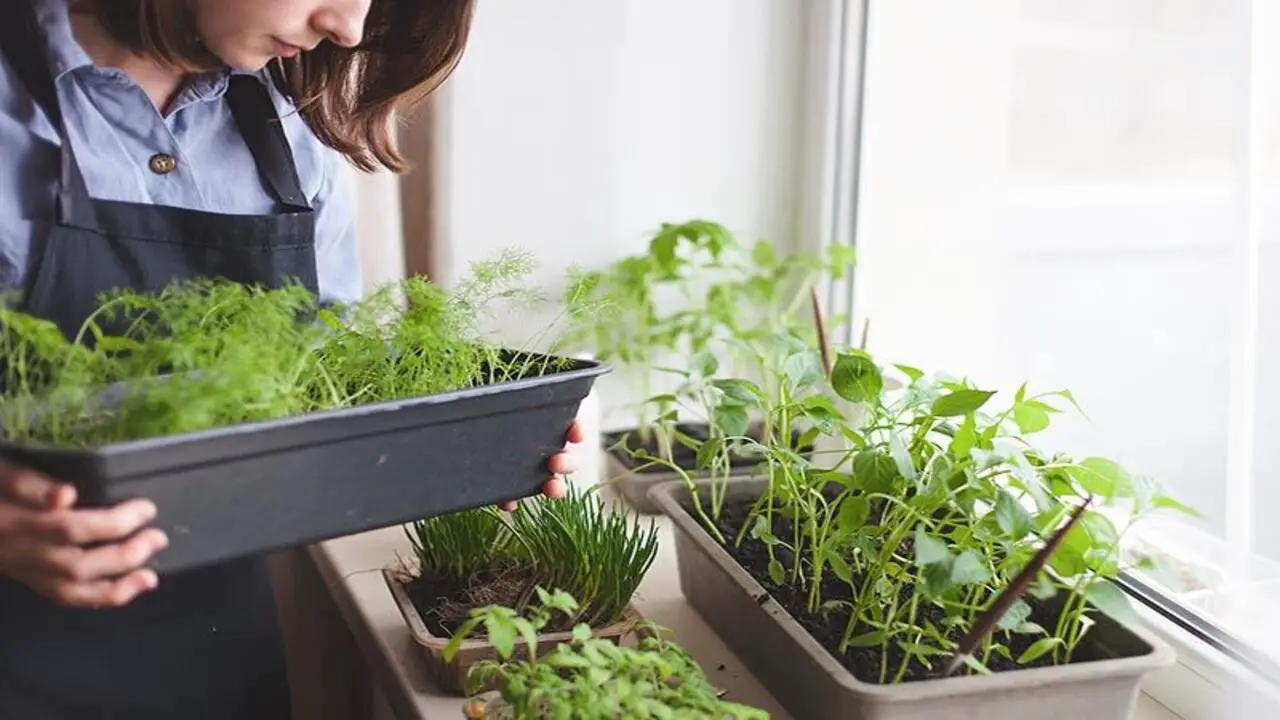
Indoor vegetable gardening offers several advantages. Firstly, it provides protection from extreme weather conditions, ensuring the well-being of your plants. Secondly, it allows year-round cultivation, giving you a constant supply of fresh produce.
Additionally, indoor gardening helps with pest control, reducing the need for harmful pesticides. It also offers convenience and accessibility, as you can easily harvest herbs and vegetables right in your home. Lastly, indoor gardening optimizes small spaces, making it perfect for urban dwellers or those with limited outdoor areas.
- Protection from extreme weather condition
- Yearround cultivation
- Pest control
- Convenience and accessibility
- Space optimization
- Control over growing conditions
- Environmental sustainability
- Educational opportunity
Tips For Successful Indoor Gardening

Indoor gardening has become popular as people seek to bring nature into their homes. However, it requires proper care and attention. Watering and drainage are crucial for plant health. Overwatering causes root rot, while underwatering leads to wilting and stunted growth.
Water when the top inch of soil is dry and ensure excess water drains. Fertilization is important too. Choose the right fertilizer and follow dosage instructions. Avoid over-fertilizing. Pruning and maintenance are essential for the garden’s appearance and health. Regularly remove dead or yellowing leaves.
- Adequate watering and drainage
- Proper fertilization
- Pruning and maintenance
- Pest and disease control
Harvesting And Using Your Indoor Garden Produce
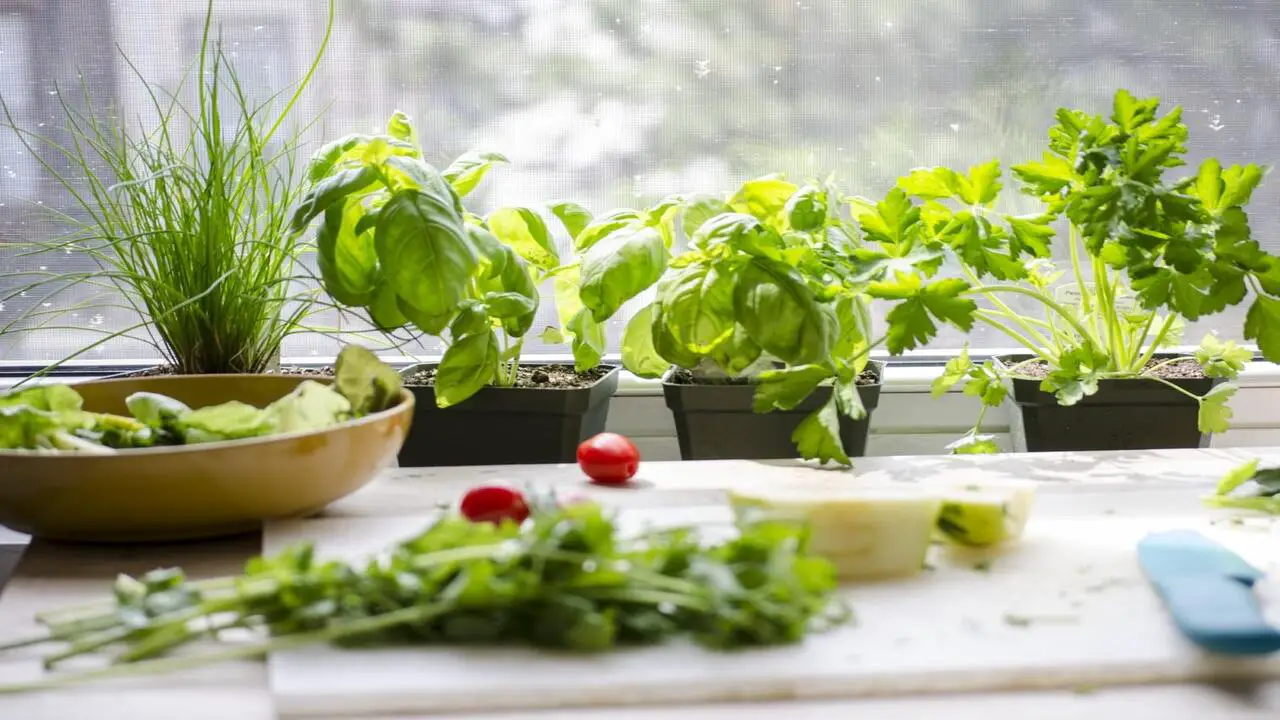
When harvesting from your indoor garden, it’s crucial to use proper techniques for maximum yield and crop quality. Identify the best time to harvest each plant, considering its variety and growth cycle. For leafy greens like lettuce or spinach, cut the outer leaves, leaving inner leaves to grow.
This promotes continuous growth and multiple harvests. When harvesting fruits or vegetables like tomatoes or peppers, gently twist or cut them from the stem when fully matured.
Avoid damaging surrounding branches or foliage. Immediately remove any damaged or diseased portions of the plant before storing or consuming the remainder. Properly clean and wash the harvested produce to remove any dirt or debris. It is recommended to use cool water and a mild, natural disinfectant to ensure the removal of any potential contaminants.
Conclusion
It is important to know best vegetables to grow indoors. Growing vegetables indoors can be a rewarding and practical endeavor for those with limited outdoor space or for those who simply want to have fresh produce at their fingertips. By choosing the right vegetables and providing the proper care and environment, anyone can successfully grow a variety of vegetables indoors.
Indoor gardening offers a unique and satisfying way to enjoy the benefits of homegrown produce. By choosing the right vegetables and providing them with the proper care and conditions, you can have a successful indoor garden all year round. So go ahead and give it a try, and enjoy the fruits (or in this case, vegetables) of your labor.
FAQ
1.What Are The Best Vegetables To Grow Indoors?
The best vegetables to grow indoors are leafy greens such as lettuce, spinach, and kale. These vegetables thrive in containers and require minimal space and sunlight.
2.Why Are Leafy Greens The Best Choice For Indoor Gardening?
Leafy greens are the best choice for indoor gardening because they have shallow root systems and grow quickly. They also provide a continuous harvest of fresh, nutritious greens throughout the year.
3.What Are The Advantages Of Growing Vegetables Indoors?
Growing vegetables indoors allows you to have fresh produce year-round, regardless of the weather or limited outdoor space. It also reduces the risk of pests and diseases commonly found in outdoor gardens.
4.How Can I Ensure Successful Indoor Vegetable Gardening?
To ensure successful indoor vegetable gardening, provide sufficient light through artificial grow lights or by placing the plants near a south-facing window. Use well-draining soil and water the plants regularly, but avoid overwatering. Also, consider using organic fertilizers to nourish the plants and promote healthy growth.
5.How Much Space Do Indoor Vegetables Require?
The space requirements for indoor vegetables depend on the specific plant and its growth habits. Leafy greens like lettuce and spinach can be grown in small containers or even vertical gardens, requiring minimal space.

